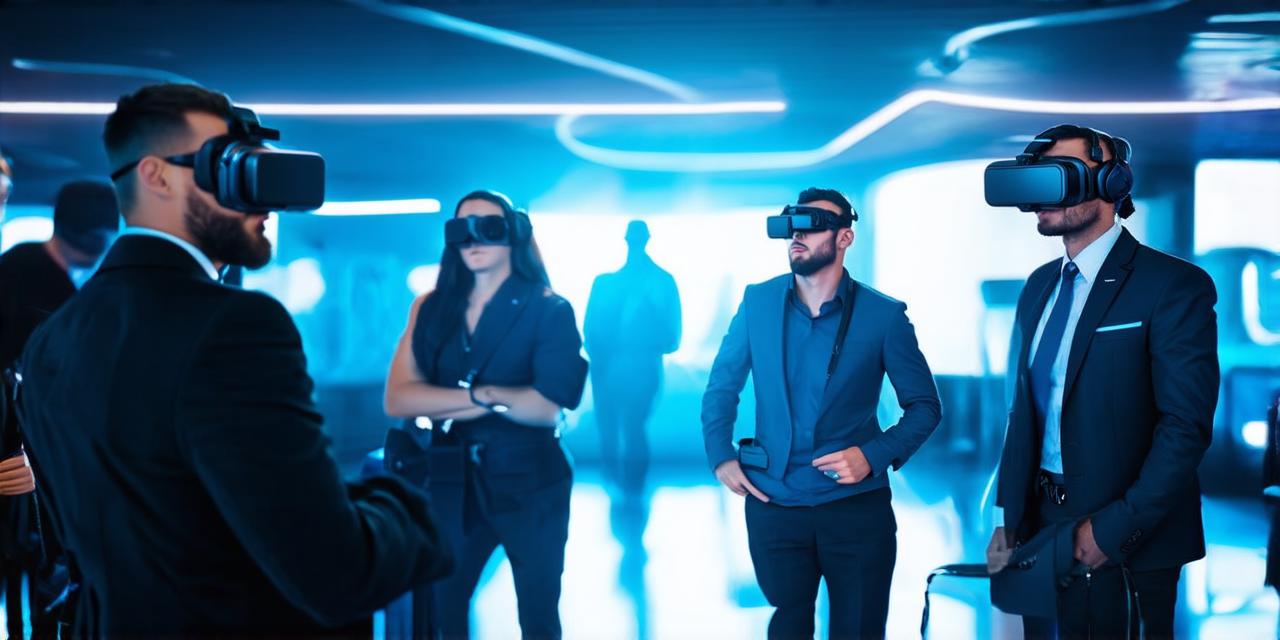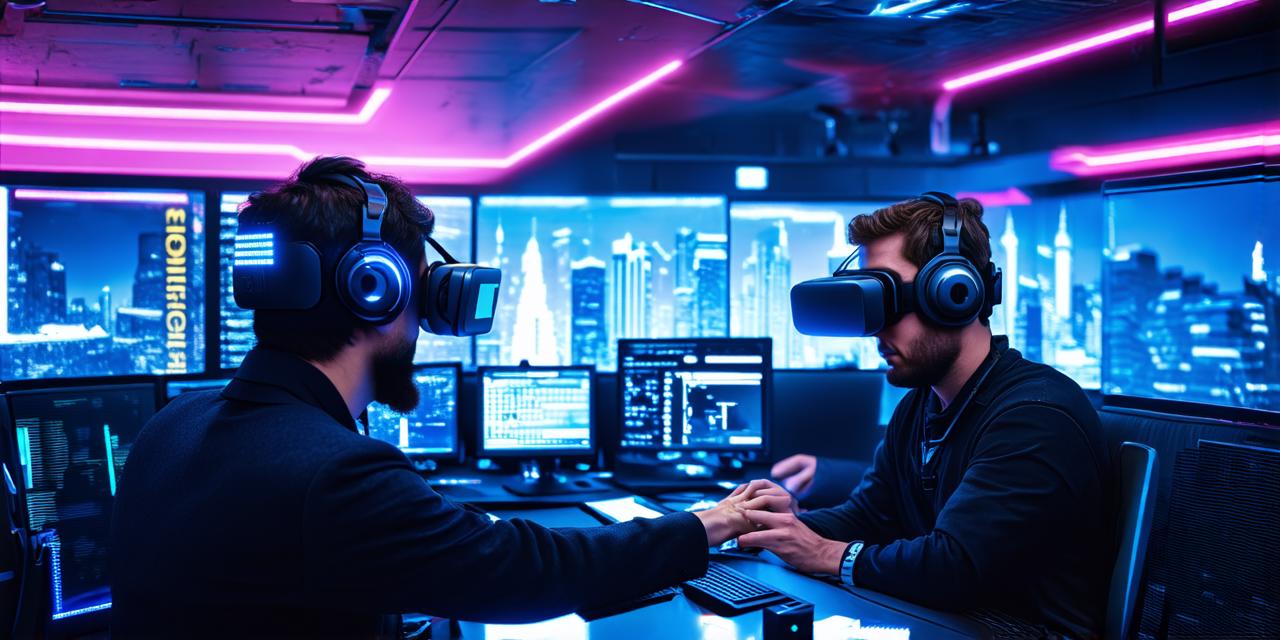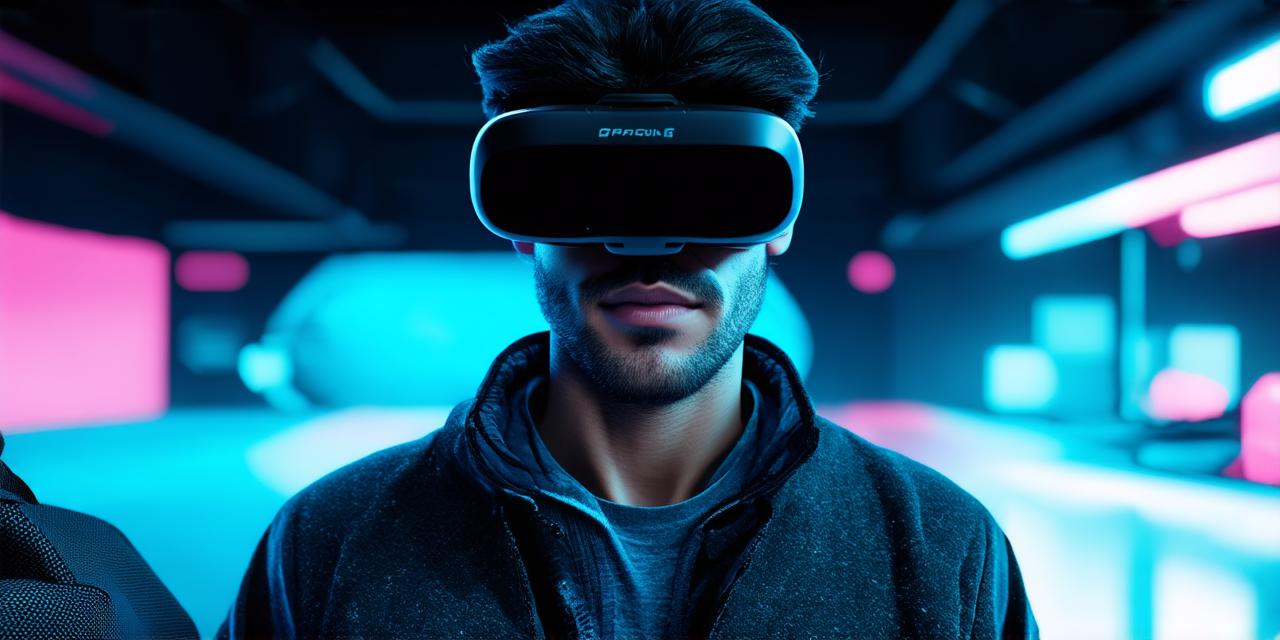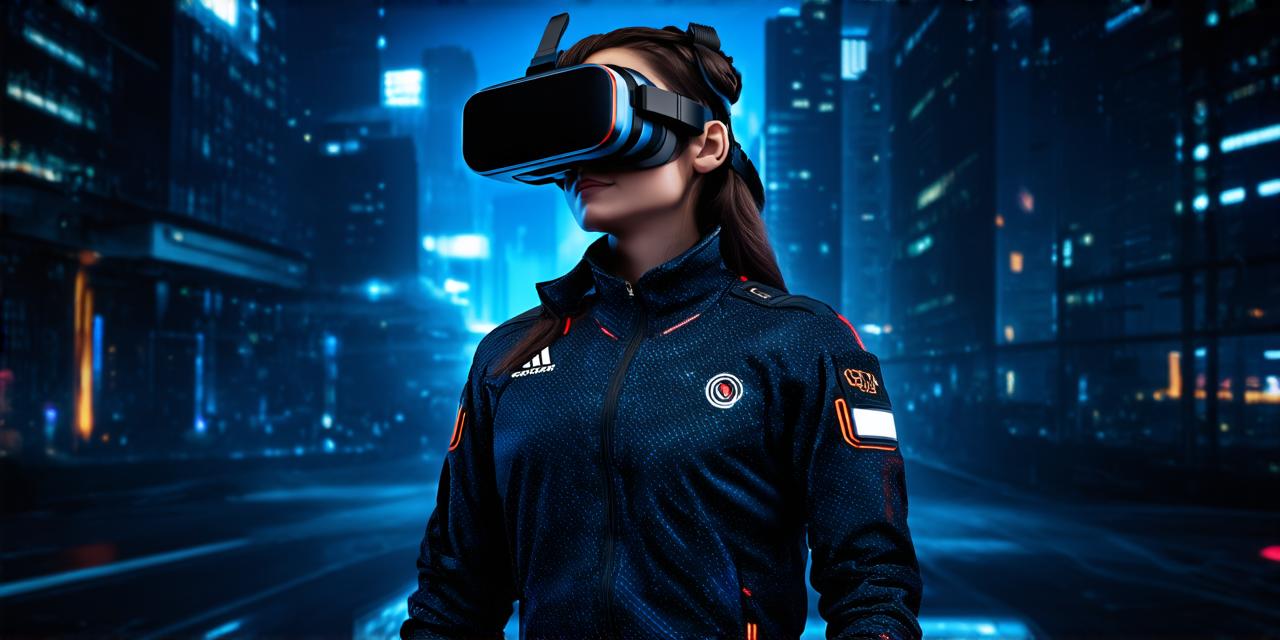Virtual reality (VR) technology is revolutionizing the way businesses market their products and services. By allowing customers to experience a product or service in a simulated 3D environment, VR has the potential to increase engagement, drive sales, and create memorable experiences.
The Benefits of Virtual Reality Video in Marketing
Virtual reality video offers several benefits for businesses looking to improve their marketing efforts. These include:
- Increased Engagement
- Improved Memory Retention
- Enhanced Product Visualization
- Increased Sales
1. Increased Engagement
Virtual reality technology can create immersive and engaging experiences that capture the attention of potential customers. By allowing customers to interact with a product or service in a simulated environment, VR has been shown to increase engagement rates by up to 900%.
2. Improved Memory Retention
Studies have shown that people remember information better when it is presented in a visual and interactive format. By using virtual reality video to showcase products or services, businesses can improve memory retention and increase the likelihood that customers will make a purchase decision.
3. Enhanced Product Visualization
Virtual reality technology allows customers to see and interact with products in a simulated environment. This can be particularly useful for businesses that sell complex or technical products, such as machinery or software. By allowing customers to experience the product in action, businesses can reduce the time and cost associated with physical demonstrations.
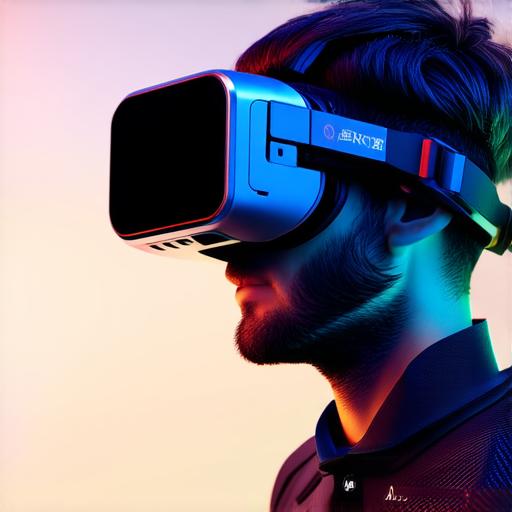
4. Increased Sales
Virtual reality video has the potential to drive sales by providing customers with a more personalized and interactive shopping experience. By allowing customers to see products in action and interact with them in a simulated environment, businesses can create a stronger emotional connection with their customers, leading to increased sales.
Case Studies: Successful Virtual Reality Video Marketing Campaigns
Several companies have successfully utilized virtual reality video in their marketing efforts. Here are some examples:
- IKEA’s VR Room Planner
- Coca-Cola’s VR Experience
- Samsung’s VR Experience
1. IKEA’s VR Room Planner
IKEA’s VR Room Planner allows customers to visualize how furniture will look in their home before making a purchase decision. By using virtual reality technology, customers can see how the furniture will fit in the space and make adjustments as needed. This has led to increased customer satisfaction and reduced returns, resulting in a 20% increase in sales for IKEA.
2. Coca-Cola’s VR Experience
Coca-Cola’s VR Experience allows customers to explore the history of the company and its products in a simulated environment. By using virtual reality technology, customers can see how Coca-Cola has evolved over time and how its products have impacted popular culture. This has led to increased brand awareness and a more positive association with the brand.
3. Samsung’s VR Experience
Samsung’s VR Experience allows customers to explore the features of its products in a simulated environment. By using virtual reality technology, customers can see how Samsung’s products work and how they can be used in their daily lives. This has led to increased product awareness and a stronger emotional connection with the brand.
How to Create a Virtual Reality Video Marketing Campaign
To create a successful virtual reality video marketing campaign, AR developers should follow these steps:
- Define Your Target Audience
- Develop a Concept for the VR Experience
